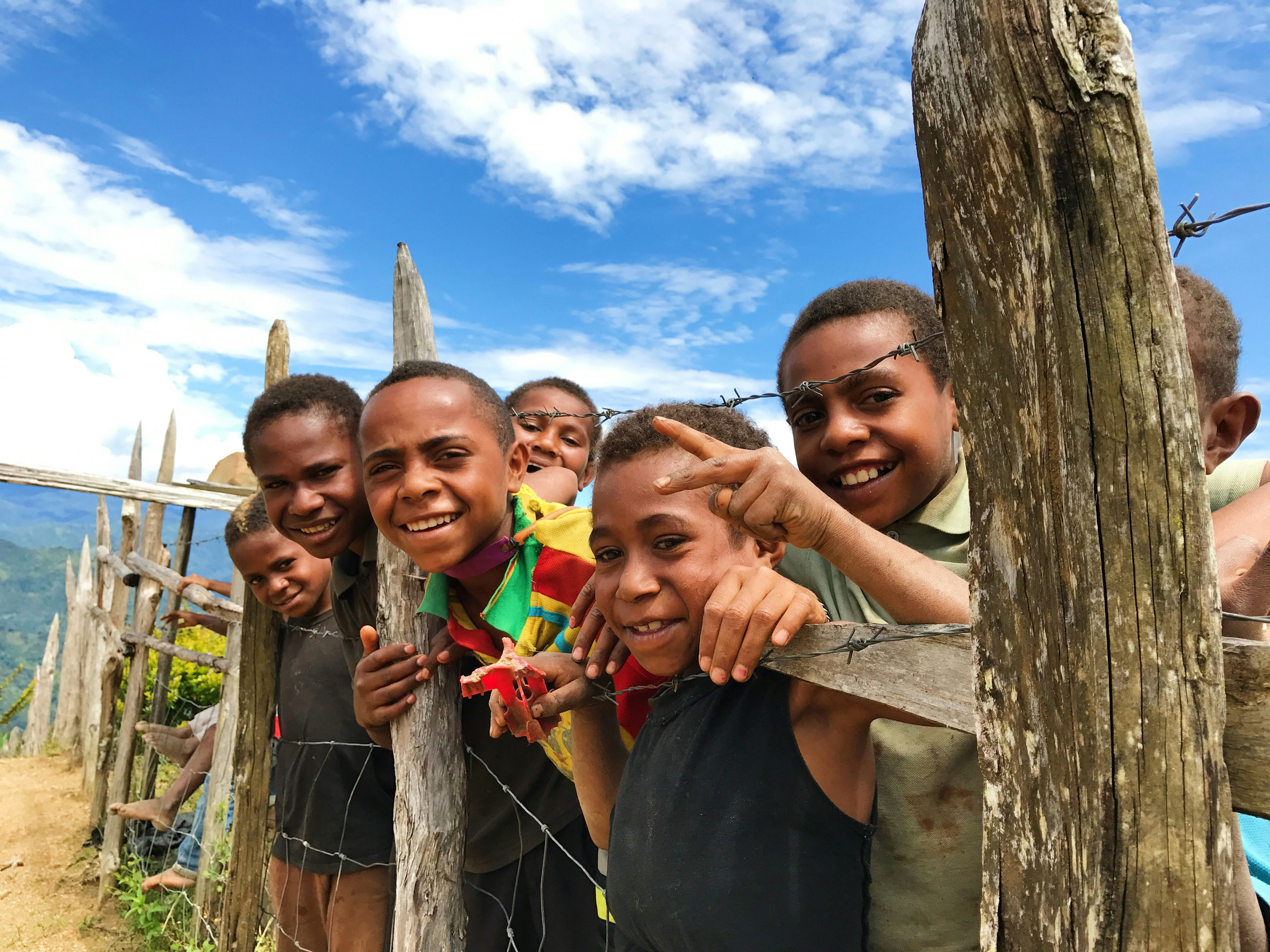
India is leading low- and middle-income countries (LMICs) in investment in malaria research and development (R&D) according to the recent 2018 G-FINDER Report.1
While global investment in malaria R&D increased by 6.4% in 2017, the same period saw a 61% rise in funding from India. In an environment where investments by some of the traditionally largest investors were flat or even decreased, the boost placed India second only to the United Kingdom, which increased its funding to tackle the disease by over 200%.
The findings are detailed in the 2018 G-FINDER Report, which tracks global public, private and philanthropic investment into product R&D for all neglected diseases. The report also shows that India provided the highest reported level of public funding for neglected diseases from an LMIC, with India’s investment accounting for 72% of all LMIC funding.
Given that India has the highest malaria burden in the Asia Pacific region and the 4th highest burden globally, this demonstrated commitment to tackling the disease is particularly pertinent. In 2015, India affirmed its commitment to eliminating malaria by 2030 by signing on to the APLMA Roadmap. And by 2017, India showed a 23% reduction in the number of malaria cases. Cases are now mostly confined to Odisha, Chhattisgarh, Jharkhand, Madhya Pradesh, Maharashtra and North-Eastern states, with these six of the 36 states and union territories contributing close to 75% of reported cases. 2 The WHO assisted National Strategic Plan for Malaria Elimination 2017–2022 (NSPME) aims to make more than 80% of districts of the country malaria free by 2022.
While the malaria landscape across the Asia Pacific region is shifting from control to elimination, global developments last year in relation to new drugs, diagnostics and vector control tools make for optimistic reading. The revolutionary approval of tafenoquine, a single-dose treatment and radical cure for relapsing P. vivax malaria is of special significance for the region, which reported an increase in the relative burden of P. vivax to 60% in 2018. But, as tafenoquine treatment poses a significant risk for people with glucose-6-phosphate dehydrogenase (G6PD) deficiency (a genetic disorder that mainly affects red blood cells), being able to screen patients for the disorder quickly and easily has become a priority. The good news is that PATH’s rapid diagnostic test (RDT) for G6PD deficiency is anticipated to come to market later this year.
In 2017, more than a third of malaria R&D funding was for the development of new drugs, but R&D for vector control and diagnostics must not be neglected. In the area of vector control, approaches such as chemical-based tools that focus on reducing outdoor transmission, are especially important in the Greater Mekong Subregion, where the at-risk population are mostly forest workers and migrant populations working at night. And diagnostics, such as sensitive RDTs that can detect asymptotic malaria, could be key in elimination settings to identify the last remaining cases. There is now a pressing need to support manufacturers and product development partnerships in registration of these tools and in promoting access and delivery in the most at-risk communities.
While availability of optimal tools for vector control and malaria diagnosis is crucial, the bigger picture remains focused on the urgent need to strengthen health systems and regulatory frameworks across LMICs. By prioritizing underlying systems and frameworks, donors and other stakeholders will ensure elimination together, both in India and across the region, down to the last mile.
.svg)


.jpg)






